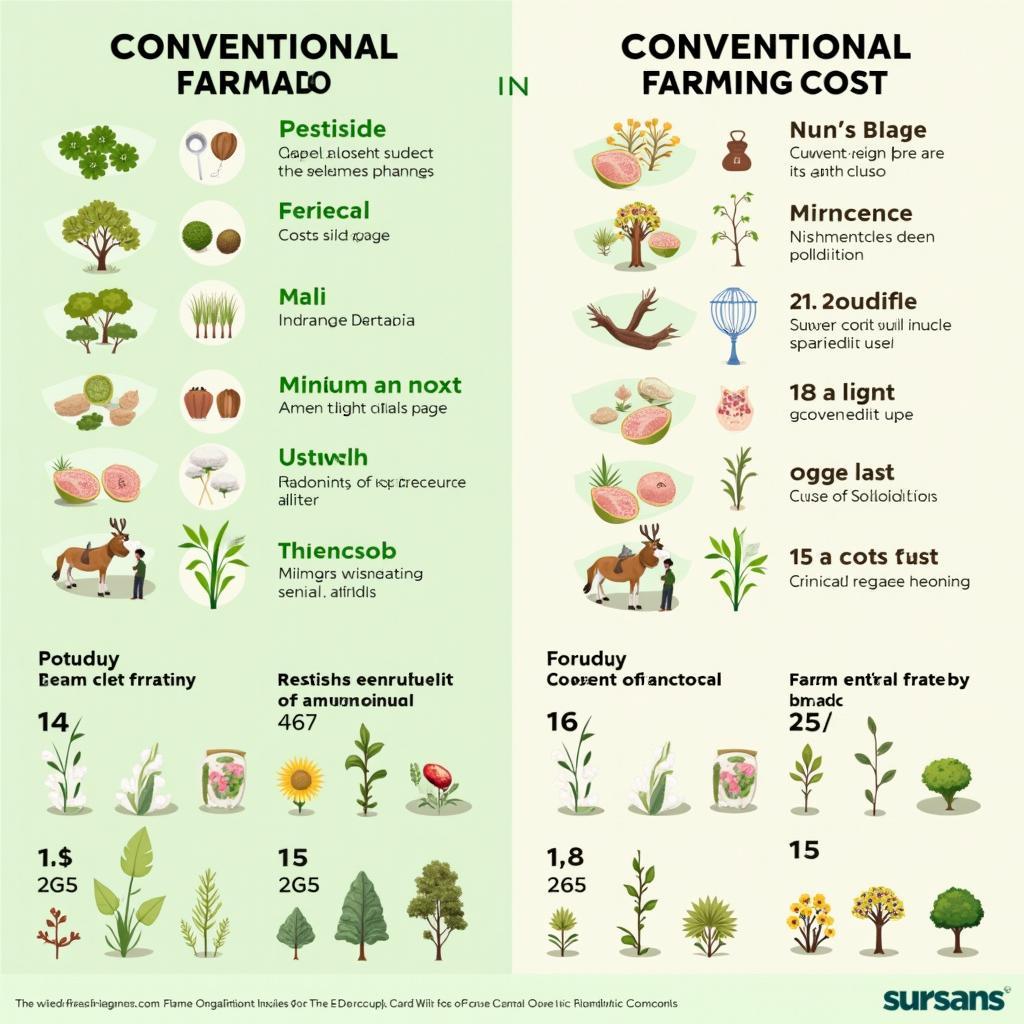Modern technology’s role in promoting social inclusion represents a significant topic in IELTS Writing Task 2, appearing frequently in recent years. Based on analysis of past IELTS exams, this theme has emerged in various forms, particularly focusing on digital accessibility and technological solutions for marginalized groups. Let’s explore this topic through sample essays at different band scores.
Table Of Contents
Similar to The impact of AI on social inclusion, this topic requires careful consideration of both benefits and drawbacks.
Some people believe that modern technology helps reduce social isolation, while others argue it contributes to greater social division. Discuss both views and give your opinion.
Essay Analysis
This question requires candidates to:
- Examine both positive and negative impacts of technology on social connection
- Present balanced arguments
- Provide personal viewpoint with supporting evidence
- Maintain coherent structure with clear progression
 Technology's impact on social inclusion in modern society
Technology's impact on social inclusion in modern society
Band 8-9 Sample Essay (295 words)
In today’s interconnected world, technology’s influence on social relationships has become a subject of intense debate. While some argue that digital tools foster greater social cohesion, others contend that they exacerbate social fragmentation. I believe that while technology offers unprecedented opportunities for connection, its impact largely depends on how we utilize it.
Modern technology has undeniably created new avenues for social inclusion. Social media platforms and communication apps have enabled people with mobility limitations or those in remote areas to maintain meaningful connections with others. For instance, elderly individuals can now regularly interact with family members across continents through video calls, while online communities provide support networks for people with rare conditions or shared interests. This aspect of technological advancement, much like The impact of AI on financial systems, has transformed how people interact and access support.
However, critics argue that excessive reliance on technology can lead to social division. Many people, particularly younger generations, may substitute genuine face-to-face interactions with superficial online connections. Furthermore, the digital divide between those who have access to technology and those who don’t can create new forms of social exclusion, particularly affecting elderly and low-income populations.
In my view, technology’s role in social inclusion largely depends on how we implement and regulate it. When used thoughtfully, digital tools can complement rather than replace traditional social interactions. For example, hybrid events that combine physical and virtual attendance can maximize participation while maintaining personal connections. Similar to how importance of financial inclusion for global development shapes economic participation, technological inclusion requires careful consideration of accessibility and digital literacy.
Band 6-7 Sample Essay (267 words)
In modern society, people have different opinions about how technology affects our social relationships. Some think it helps people connect better, while others believe it makes people more isolated. I think technology has both positive and negative effects on social inclusion.
On the positive side, technology helps many people stay connected. Through smartphones and social media, people can easily talk to their friends and family members who live far away. For example, during the COVID-19 pandemic, many people used video calls to keep in touch with their loved ones. Also, disabled people or those who cannot leave their homes can now participate in online communities and feel less lonely.
However, there are also negative aspects to consider. Many people spend too much time on their phones or computers instead of meeting others in person. Young people especially might prefer chatting online rather than having real conversations. Also, some older people or poor people cannot afford or use new technology, which makes them feel left out of society.
In my opinion, technology can be good or bad for social inclusion depending on how we use it. If we use it to support our real-life relationships and help people who are isolated, it can be very beneficial. However, we should not let technology replace all face-to-face interactions. We need to find a balance between online and offline communication.
Key Vocabulary
- social cohesion (n) /ˈsəʊ.ʃəl kəʊˈhiː.ʒən/ – strong bonds between members of a society
- exacerbate (v) /ɪɡˈzæs.ə.beɪt/ – make worse
- fragmentation (n) /ˌfræɡ.menˈteɪ.ʃən/ – breaking into isolated parts
- mobility limitations (n) /məʊˈbɪl.ə.ti ˌlɪm.ɪˈteɪ.ʃənz/ – physical movement restrictions
- superficial (adj) /ˌsuː.pəˈfɪʃ.əl/ – lacking depth
- digital divide (n) /ˈdɪdʒ.ɪ.təl dɪˈvaɪd/ – gap between those with and without technology access
For practice, try writing your own essay on this topic and share it in the comments. Consider exploring related topics such as technology’s impact on education or workplace communication, as these themes often appear in IELTS Writing Task 2.


